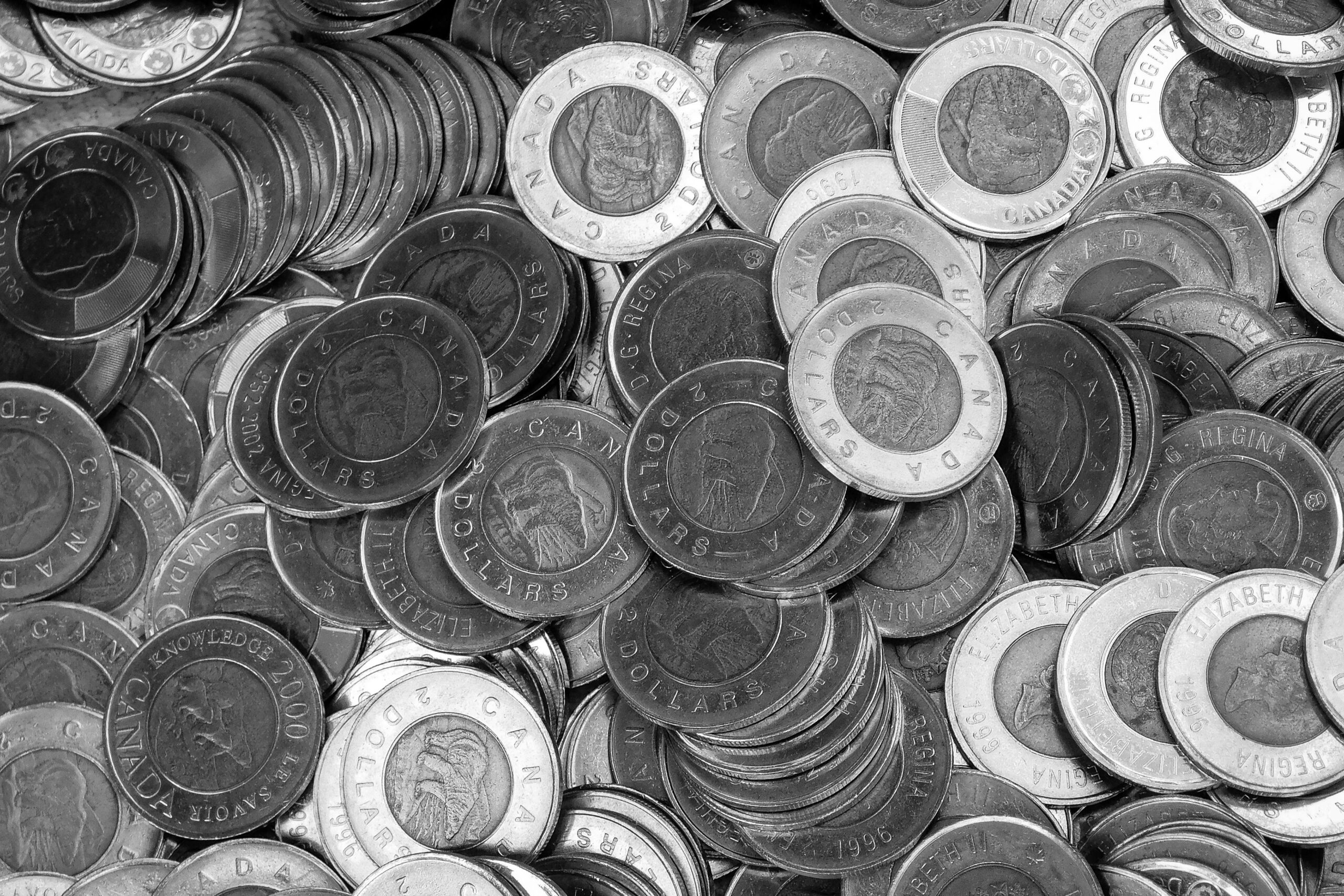Moving to a new country is a monumental undertaking, filled with both exhilarating opportunities and formidable challenges. For newcomers to Canada, one of the most critical and immediate tasks is establishing a financial foundation. Understanding and engaging with the Canadian banking system is not just a formality; it is the cornerstone of a smooth and successful settlement journey. A Canadian bank account is the primary tool for receiving income, paying for essential services like housing and utilities, and beginning the vital process of building a credit history. This comprehensive guide, written from a professional perspective, offers indispensable insights into the essentials of banking in Canada, ensuring new immigrants are well-equipped to manage their finances with confidence from day one.
Table of Contents
- The Crucial First Step: Why Opening a Canadian Bank Account is a Paramount Priority
- Deciphering the Canadian Financial Landscape: Remarkable Institutions and Key Terms
- A Practical Walkthrough: How to Flawlessly Open Your First Bank Account as a Newcomer
- Building Your Financial Foundation: Essential Tips for Superb Money Management in Canada
- Frequently Asked Questions About Banking for Newcomers in Canada
The Crucial First Step: Why Opening a Canadian Bank Account is a Paramount Priority
Upon arrival in Canada, newcomers are faced with a lengthy checklist of settlement tasks. Among these, opening a bank account should be considered a top-tier priority, as it is a gateway to financial independence and integration. Without a Canadian bank account, performing basic financial activities becomes incredibly difficult, if not impossible. Employers in Canada overwhelmingly pay salaries via direct deposit, a system that requires an active account at a Canadian financial institution. Attempting to manage employment without this facility is a significant barrier to securing stable work. Similarly, essential services that define daily life, such as renting an apartment, setting up a mobile phone plan, or connecting hydro and internet services, almost universally require pre-authorized payments or a credit history check, both of which are linked to a bank account. It serves as the central hub for all financial inflows and outflows, providing a secure and organized way to manage money. Furthermore, establishing a relationship with a bank early on is the first step toward building a Canadian credit history. This financial record is one of the most important assets a person can develop in Canada, as it influences the ability to secure loans for major life purchases like a car or a home in the future.
Deciphering the Canadian Financial Landscape: Remarkable Institutions and Key Terms
The Canadian banking system is known for its stability and security, but for a newcomer, it can appear complex. It is primarily dominated by five major banks, often referred to as the “Big Five”: Royal Bank of Canada (RBC), Toronto-Dominion Bank (TD), Bank of Nova Scotia (Scotiabank), Bank of Montreal (BMO), and Canadian Imperial Bank of Commerce (CIBC). These institutions have extensive national networks of branches and ATMs, offering a wide array of products and specialized newcomer packages. Beyond the Big Five, there are other excellent options. Credit unions are member-owned financial cooperatives that often provide highly personalized service and may offer competitive rates. They are provincially regulated and tend to be more community-focused. Additionally, direct or online banks, such as Tangerine (a subsidiary of Scotiabank) and Simplii Financial (a subsidiary of CIBC), have gained significant popularity. Operating without physical branches, they can pass on their lower overhead costs to customers in the form of no-fee chequing accounts and higher interest rates on savings. To navigate this landscape, it is crucial to understand some basic terminology. A chequing account is your primary transactional account for daily use, like paying bills and making purchases with a debit card. A savings account is designed for setting money aside, where it can accumulate interest. While many newcomers focus on these two, it is also beneficial to know about products like the Tax-Free Savings Account (TFSA) and the Registered Retirement Savings Plan (RRSP), which are powerful tools for long-term, tax-efficient savings and investment that become relevant as one settles and earns income in Canada.
A Practical Walkthrough: How to Flawlessly Open Your First Bank Account as a Newcomer
The process of opening a bank account in Canada is straightforward, especially since financial institutions are well-versed in assisting newcomers. Many banks even allow individuals to begin the application process online from their home country before arriving. However, the account must typically be activated in person at a branch. To ensure a smooth experience, it is vital to have the correct documentation prepared. While specific requirements can vary slightly between banks, all will require at least two pieces of identification. One of these must be a primary government-issued photo ID. For newcomers, accepted documents typically include a valid Permanent Resident (PR) Card or a Confirmation of Permanent Residence (COPR) document. A valid foreign passport is also a primary form of identification. Other documents that may be required or can serve as secondary ID include a work permit, study permit, or a Canadian driver’s license. A Social Insurance Number (SIN) is also necessary for any account that earns interest, so it is best to have this on hand. Many major banks offer specialized “newcomer packages” which are highly advantageous. These bundles often include a no-fee chequing account for the first year, a set number of free international money transfers, a safety deposit box, and, most importantly, a credit card with a modest limit, even without a Canadian credit history. This last feature is invaluable for starting to build a credit score immediately. It is advisable to book an appointment with a financial advisor at the chosen bank branch to discuss these packages and get personalized advice.
Building Your Financial Foundation: Essential Tips for Superb Money Management in Canada
Once your bank account is active, the focus shifts to effective financial management. This is about more than just depositing paycheques and paying bills; it is about building a secure and prosperous future in a new economic environment. A critical first step is creating a detailed budget to track income and expenses, which helps in understanding spending patterns and identifying savings opportunities. Perhaps the most important long-term financial activity for a newcomer is building a good credit score. This three-digit number reflects financial trustworthiness and is used by lenders to assess risk. The credit card obtained through a newcomer package is the perfect tool to start. The key is to use it for small, regular purchases and, without fail, pay the full balance on or before the due date each month. This demonstrates responsible credit management and positively impacts the credit score over time. It is also imperative to be aware of common banking fees, which can include monthly account maintenance fees, charges for exceeding a certain number of transactions, and fees for using another bank’s ATM. Reviewing account details and choosing a package that aligns with typical usage patterns can save a significant amount of money. Finally, newcomers should be vigilant about financial security and learn to recognize common scams, such as fraudulent phone calls or emails from individuals impersonating the Canada Revenue Agency (CRA) or immigration officials demanding money.
Key Takeaways for Sound Financial Management
- Prioritize Building Credit: Use a credit card responsibly from the very beginning. Make small purchases and always pay the entire balance in full each month to build a strong credit history, which is essential for future loans and mortgages.
- Scrutinize Banking Fees: Understand the fee structure of your account. Pay close attention to monthly service charges, transaction limits, e-Transfer fees, and out-of-network ATM withdrawal costs to avoid unnecessary expenses.
- Create and Adhere to a Budget: Diligently track all sources of income and categorize all expenses. A well-maintained budget is the most powerful tool for controlling spending, maximizing savings, and achieving financial goals.
- Protect Your Information: Be wary of unsolicited requests for personal or financial information. Legitimate Canadian institutions like the CRA or banks will not demand payment via gift cards or cryptocurrency, nor will they threaten immediate arrest over the phone.
- Explore International Transfer Options: When sending money abroad, compare the rates and fees offered by your bank with those of specialized online money transfer services. Services like Wise or Remitly often provide more competitive exchange rates and lower fees than traditional wire transfers.
Frequently Asked Questions About Banking for Newcomers in Canada
What documents do I need to open a bank account in Canada as a newcomer?
To open an account, you will generally need at least two pieces of identification. These typically include a primary document like your Permanent Resident (PR) Card, Confirmation of Permanent Residence (COPR), or a valid foreign passport, along with a secondary ID and your Social Insurance Number (SIN).
What is the difference between a chequing and a savings account?
A chequing account is designed for your everyday financial transactions, such as paying bills, making debit purchases, and receiving direct deposits from an employer. A savings account is intended for holding money you want to set aside, and it typically earns a modest amount of interest.
How can a newcomer start building a credit history in Canada?
The best way to start is by getting a credit card, which is often included in newcomer banking packages without requiring a prior credit history. Use the card for small, regular purchases and make sure to pay the full balance on time every month to demonstrate responsible credit behavior.
Are there special bank accounts for newcomers in Canada?
Yes, most of Canada’s major banks offer specialized newcomer packages. These often feature no-fee banking for the first year, a free credit card to help build your credit history, and other perks like free international money transfers.
What are some common banking fees to watch out for?
Be aware of monthly account maintenance fees, charges for exceeding your monthly transaction limit, fees for sending Interac e-Transfers, and costs for using an ATM that is not part of your bank’s network. Understanding these fees can help you choose the right account and save money.
Talk to us to find out more. ->
The content above is not intended to provide legal advice or opinions of any kind and may not be used for professional or commercial purposes.







